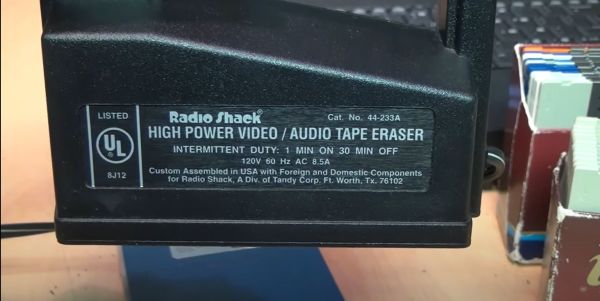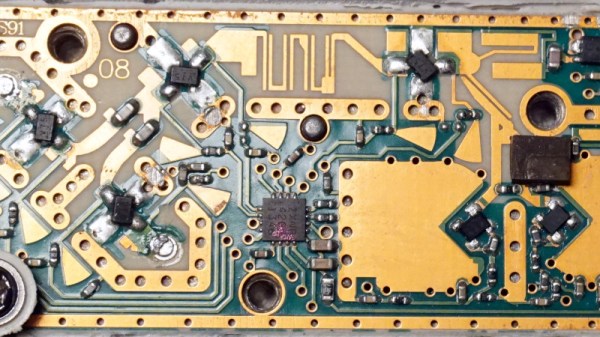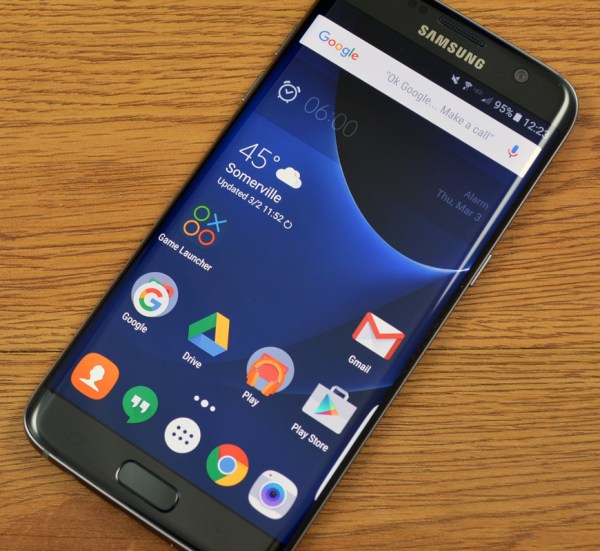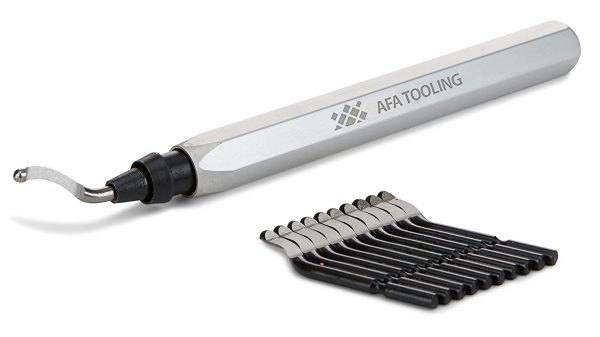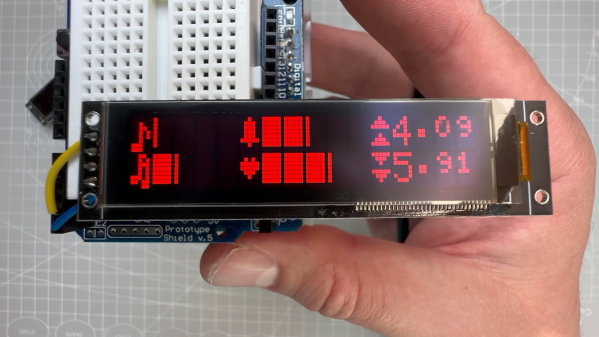Last week we briefly mentioned a vulnerability in the Papercut software, and more details and a proof of concept have been published. The vulnerability is one known as session puzzling. That’s essentially where a session variable is used for multiple purposes, or gets incorrectly set. In Papercut, it was possible to trigger the SetupCompleted class on a server that had already finished that initial setup process. And part of SetupCompleted validated the session of the current user. In a normal first-setup case, that might make sense, but as anyone could trigger that code, it allowed anonymous users to jump straight to admin.
The other half of the exploit leverages the “print script” feature, which lets admins write code that runs on printing. A simple java.lang.Runtime.getRuntime().exec('calc.exe'); does the trick to jump from web interface to remote code execution. The indicators of compromise are reasonable generic, including User "admin" logged into the administration interface. and Admin user "admin" modified the print script on printer "".. A Shodan search turns up around 1,700 Papercut servers accessible from the Internet, which prompts the painfully obvious observation that your internal print auditing solution’s web interface definitely should not be exposed online.
Apache Superset
Superset is a nifty data visualization tool for showing charts, graphs, and all sorts of pretty data sets on a dashboard. It also has some weirdness with using web sessions for user management. The session is stored on the user side in a cookie, signed with a secret key. This works great, unless the key used is particularly weak. And guess what, the default configuration of Superset uses a pre-populated secret key. thisismysecretkey is arguably a bad key to start with, but it turns out it’s also shared by more than 70% of the accessible Superset servers.
Continue reading “This Week In Security: Session Puzzling, Session Keys, And Speculation”


